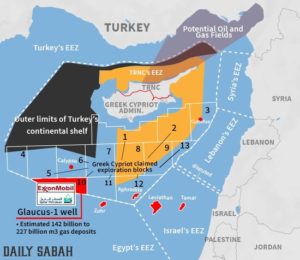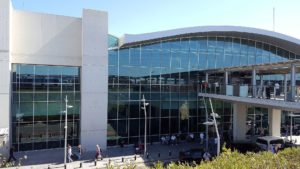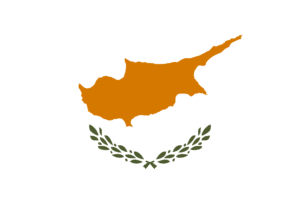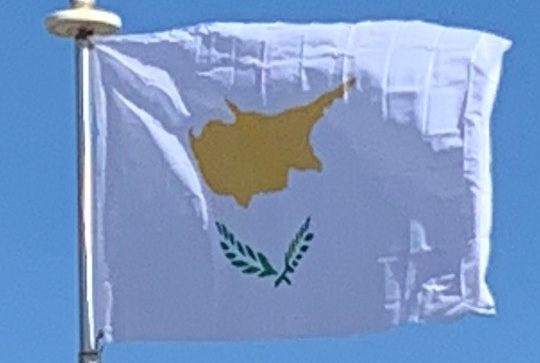
Turkey, which does not recognize the border agreements of Cyprus with its neighbors, threatened to mobilize its naval forces if Cyprus proceeded with plans to begin drilling at Block 12. Cyprus’ drilling efforts have the support of the US, EU, and UN, and on 19 September 2011 drilling in Block 12 began without any incidents being reported.
Because of the heavy influx of tourists and foreign investors, the property rental market in Cyprus has grown in recent years. In late 2013, the Cyprus Town Planning Department announced a series of incentives to stimulate the property market and increase the number of property developments in the country’s town centers. This followed earlier measures to quickly give immigration permits to third country nationals investing in Cyprus property.
Transportation:
Available modes of transport are by road, sea and air. Of the 10,663 km (6,626 mi) of roads in the Republic of Cyprus in 1998, 6,249 km (3,883 mi) were paved, and 4,414 km (2,743 mi) were unpaved. In 1996 the Turkish-occupied area had a similar ratio of paved to unpaved, with approximately 1,370 km (850 mi) of paved road and 980 km (610 mi) unpaved. Cyprus is one of only four EU nations in which vehicles drive on the left-hand side of the road, a remnant of British colonization. A series of motorways runs along the coast from Paphos east to Ayia Napa, with two motorways running inland to Nicosia, one from Limassol and one from Larnaca.
In 2006, plans were announced to improve and expand bus services and other public transport throughout Cyprus, with the financial backing of the European Union Development Bank. In 2010 the new bus network was implemented.

Cyprus has two international airports: Larnaca International Airport and Paphos International Airport. A third airport, Ercan International Airport, operates in the Turkish Cypriot administered area with direct flights only to Turkey (Turkish Cypriot ports are closed to international traffic apart from Turkey). Nicosia International Airport has been closed since 1974.
The main harbors of the island are Limassol and Larnaca, which service cargo, passenger and cruise ships.
Flag of Cyprus:
The national flag of Cyprus came into use on 16 August 1960, under the Zurich and London Agreements, whereby a constitution was drafted and Cyprus was proclaimed an independent state.

The design of the flag deliberately employs peaceful and neutral symbols in an attempt to indicate harmony between the rival Greek and Turkish communities, an ideal that has not yet been realized. In 1963, Greek Cypriot and Turkish Cypriot communities separated because of Cypriot inter-communal violence.
The state flag features the shape of the entirety of the island, with two olive branches below (a symbol of peace between the island’s two communities) on white (another symbol of peace). The olive branches signify peace between the Greeks and Turks. The map on the flag is a copper-orange color, symbolizing the large deposits of copper ore on the island, from which it may have received its name.
